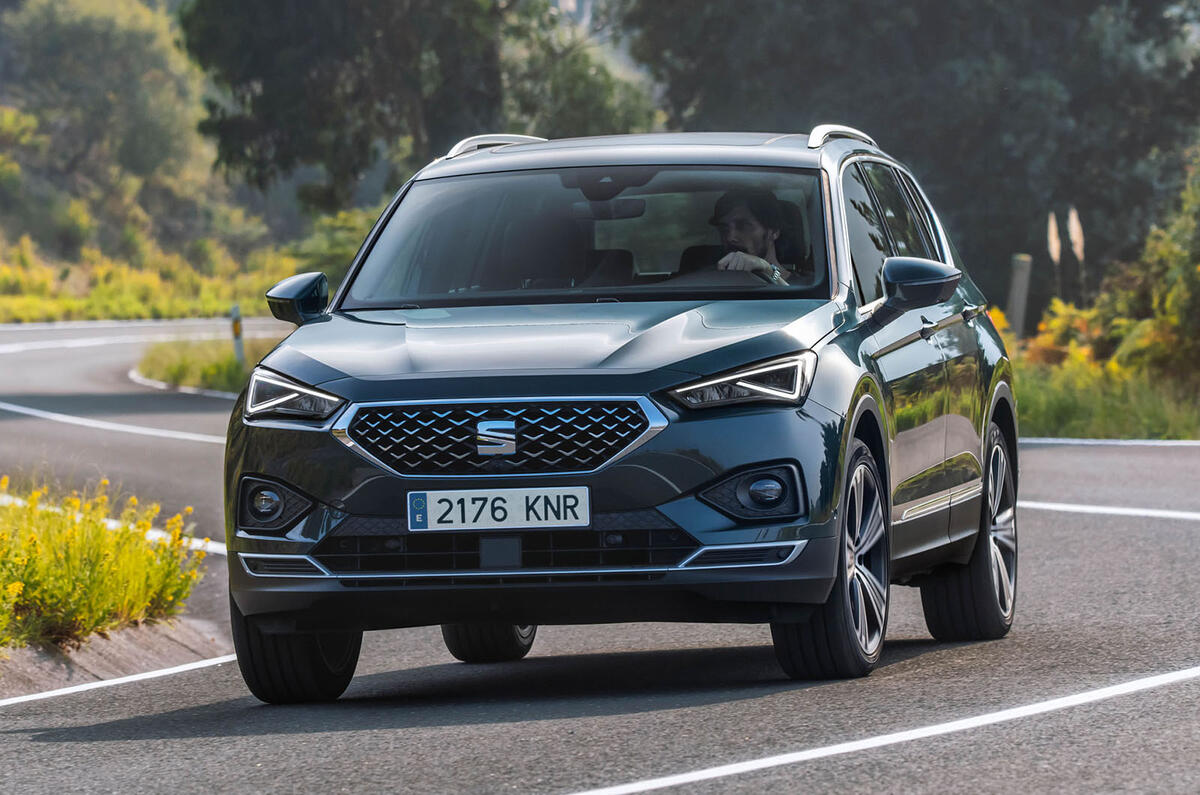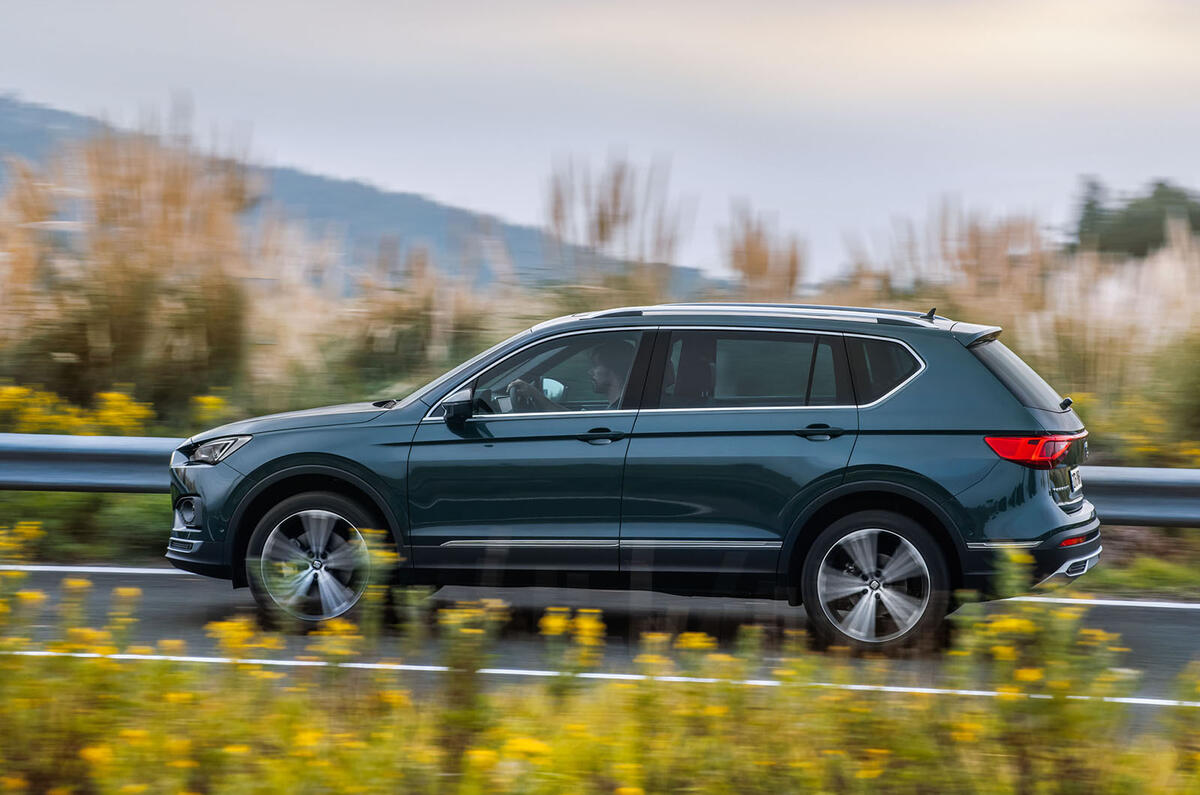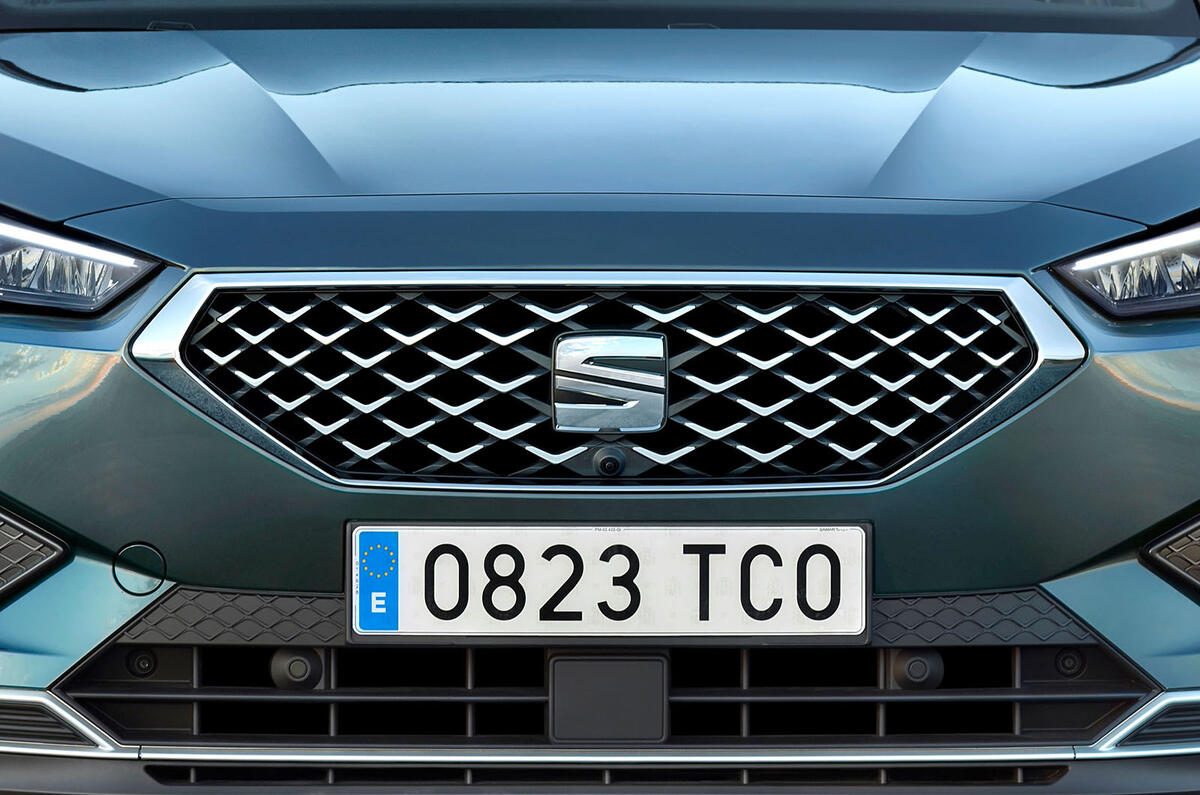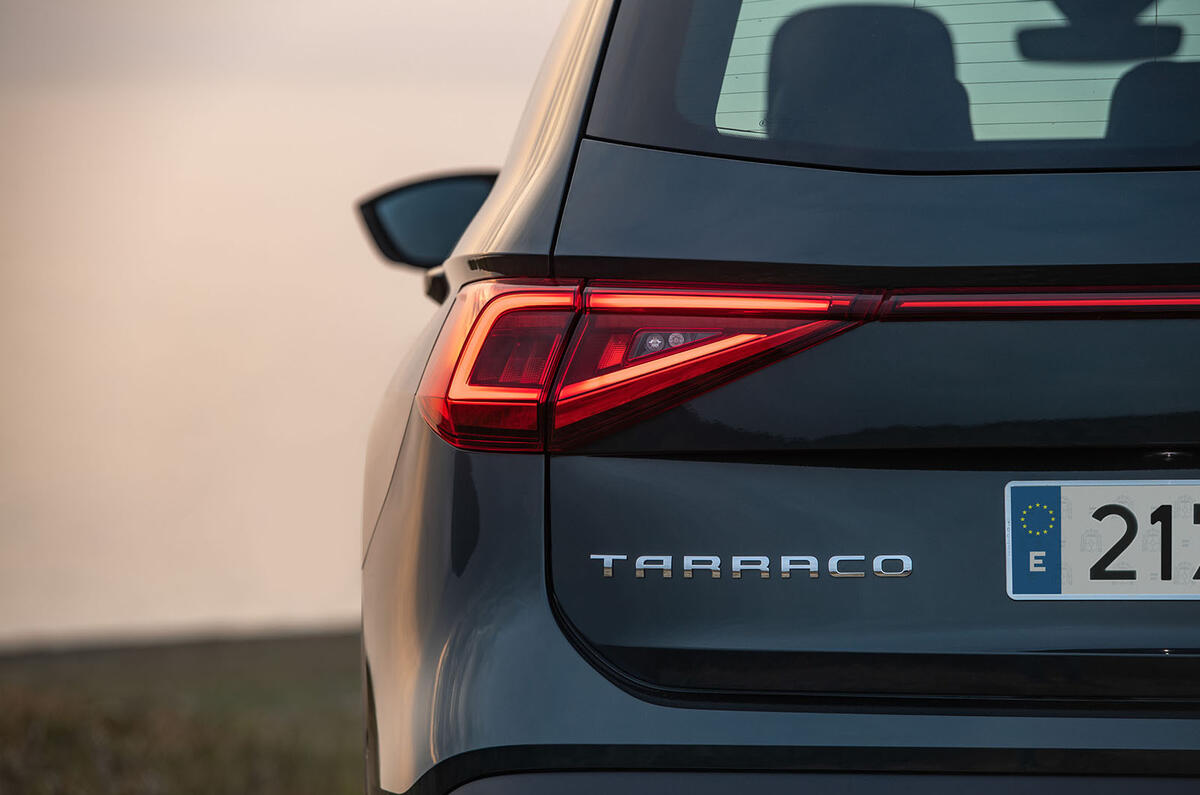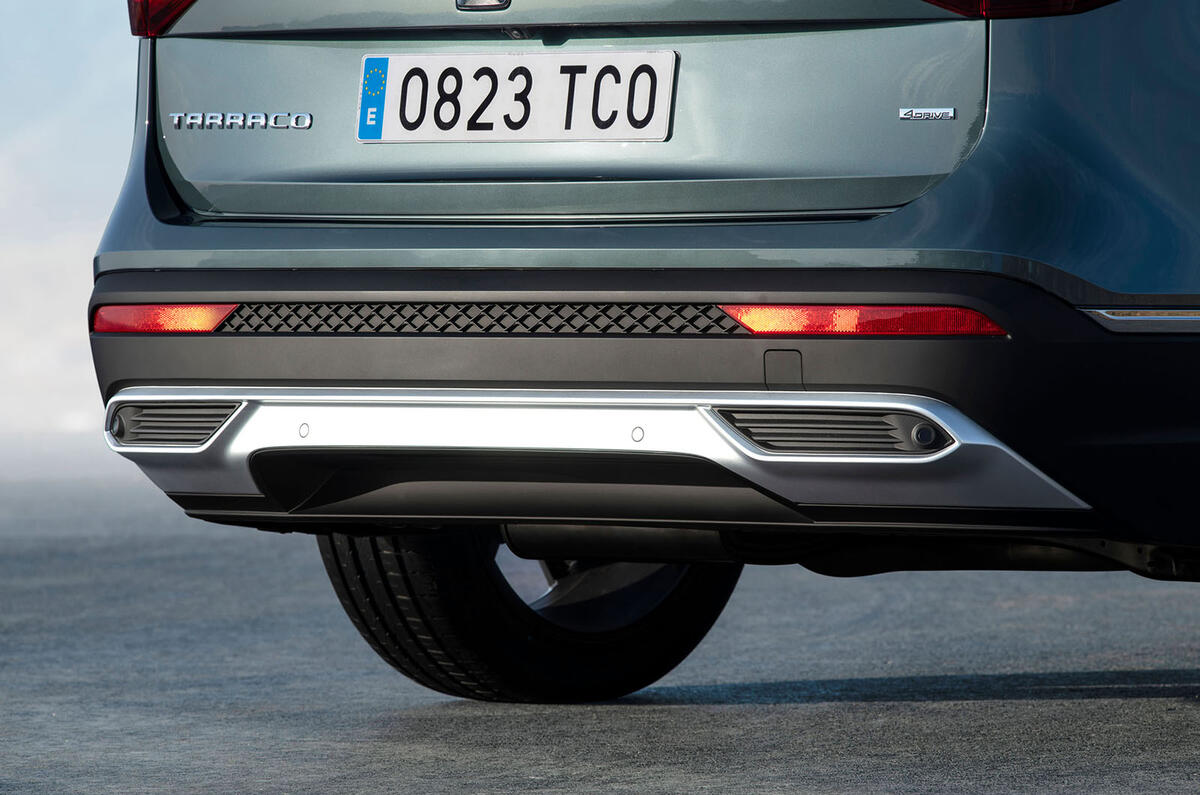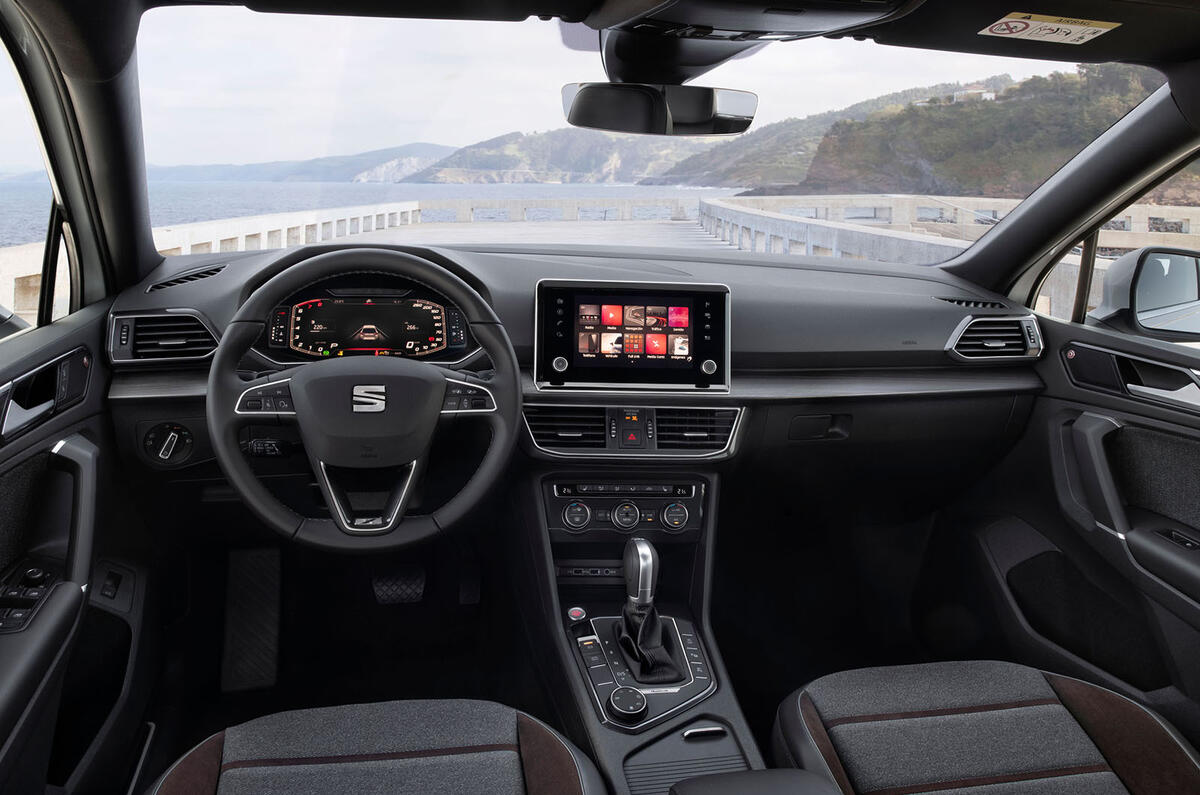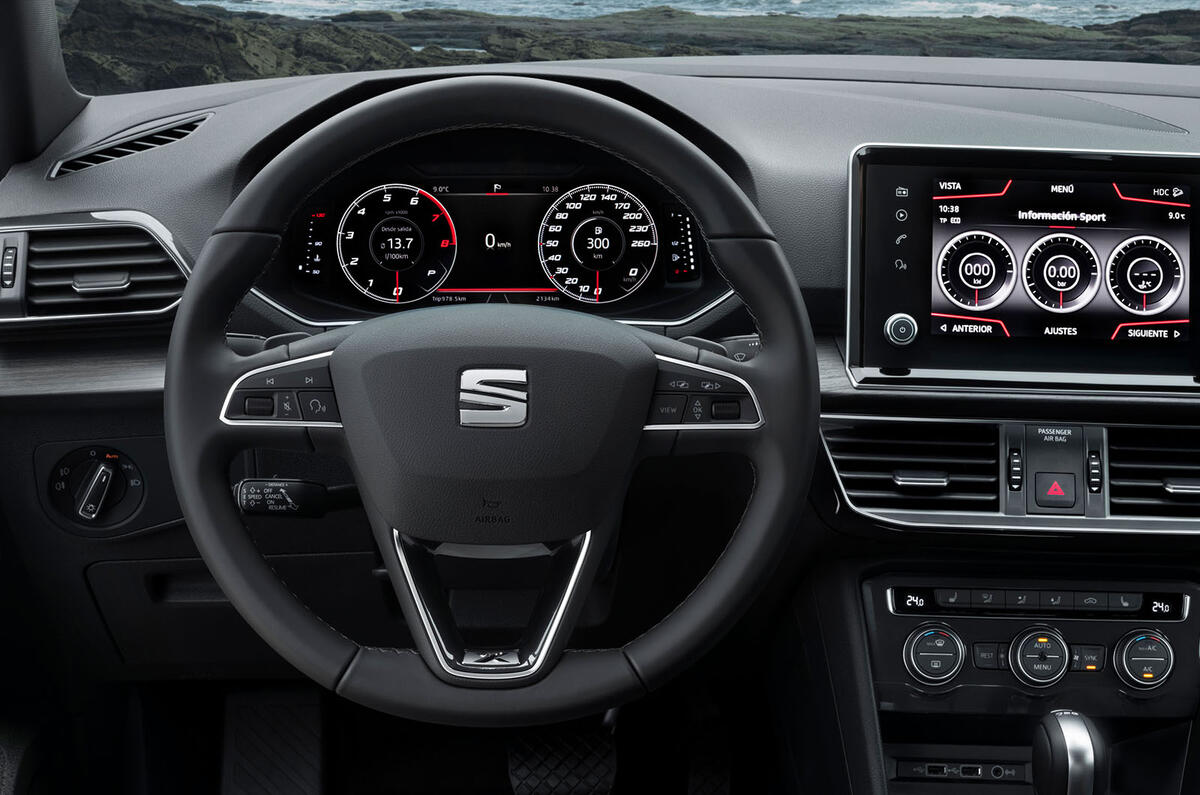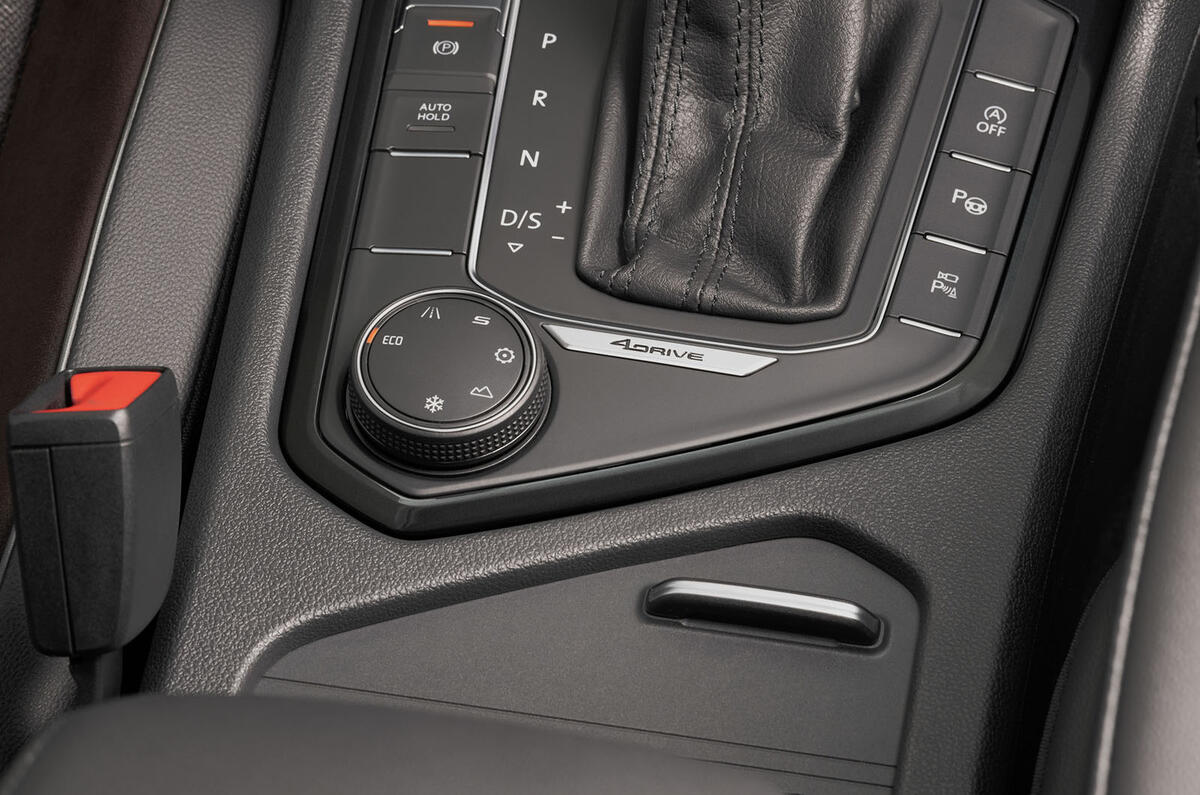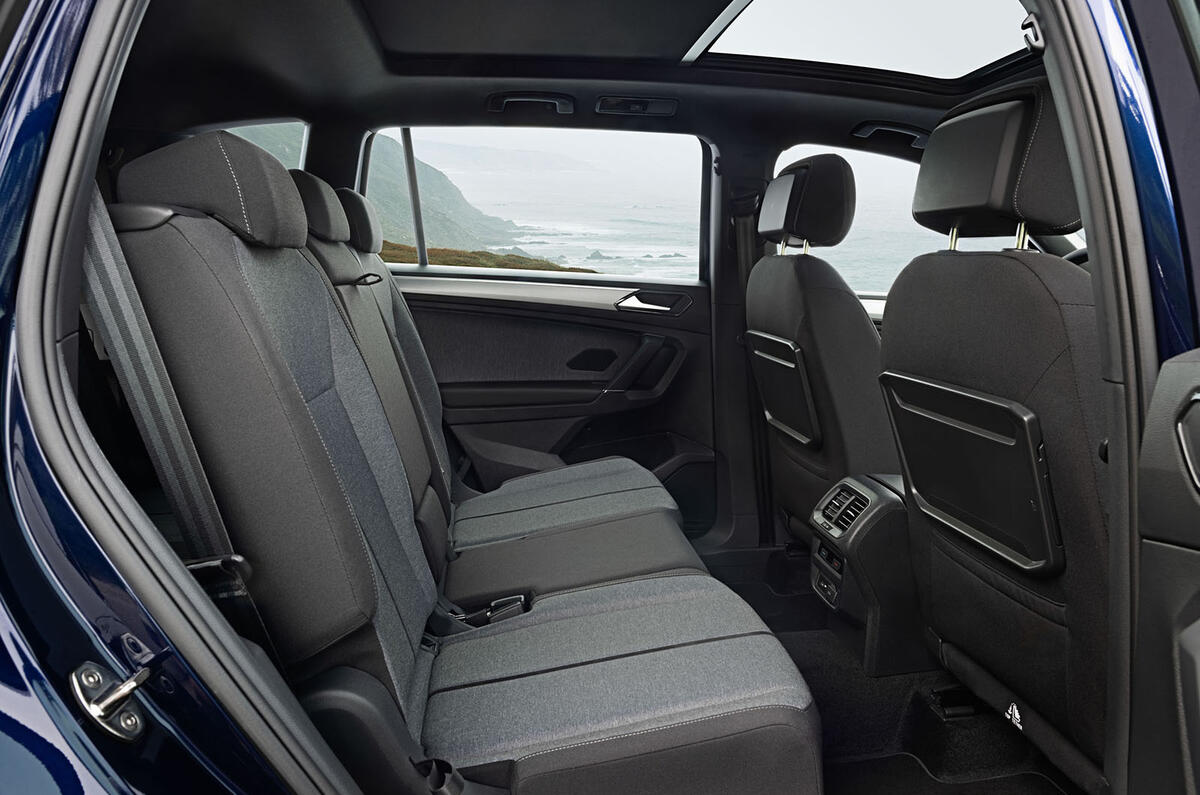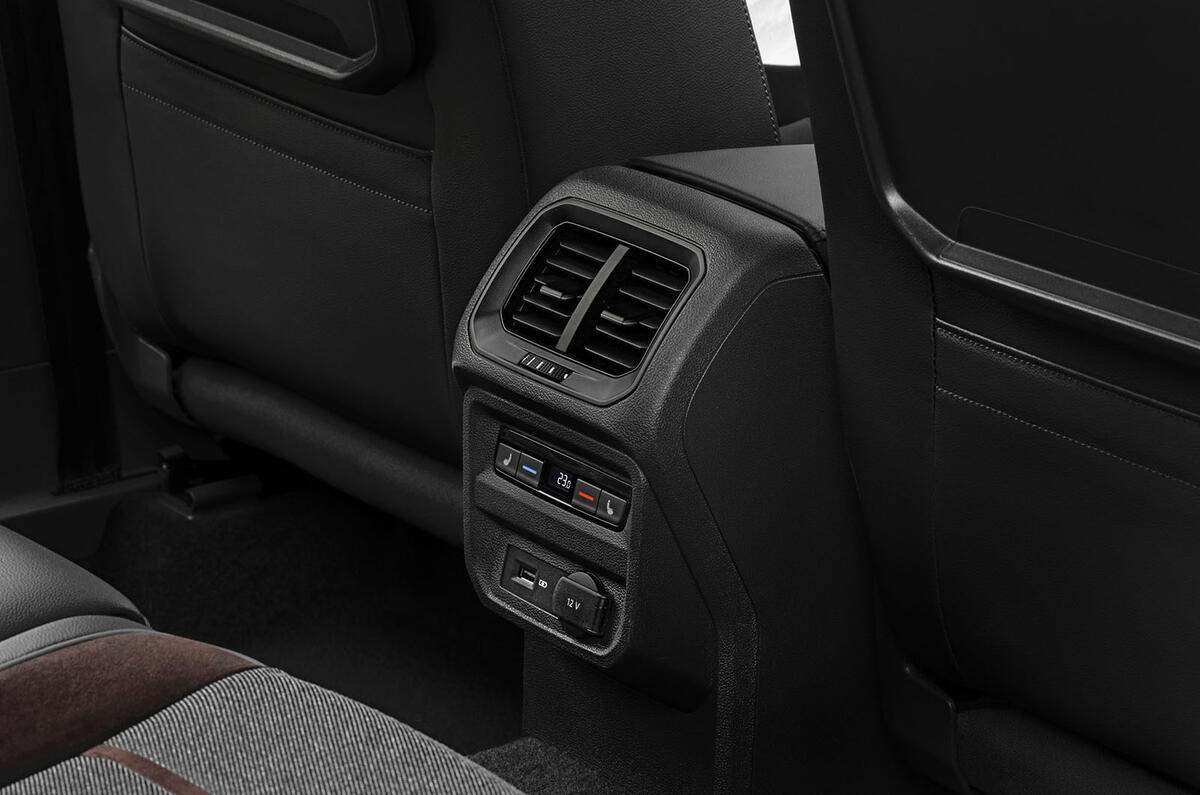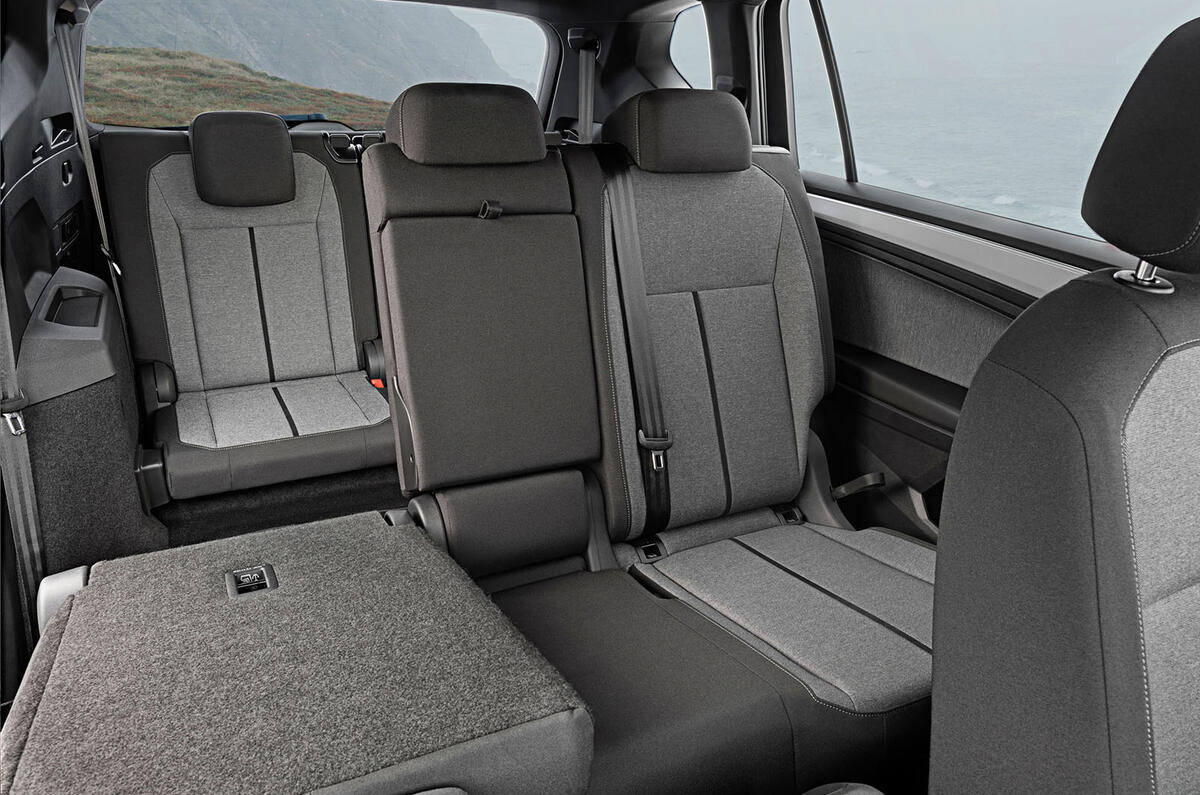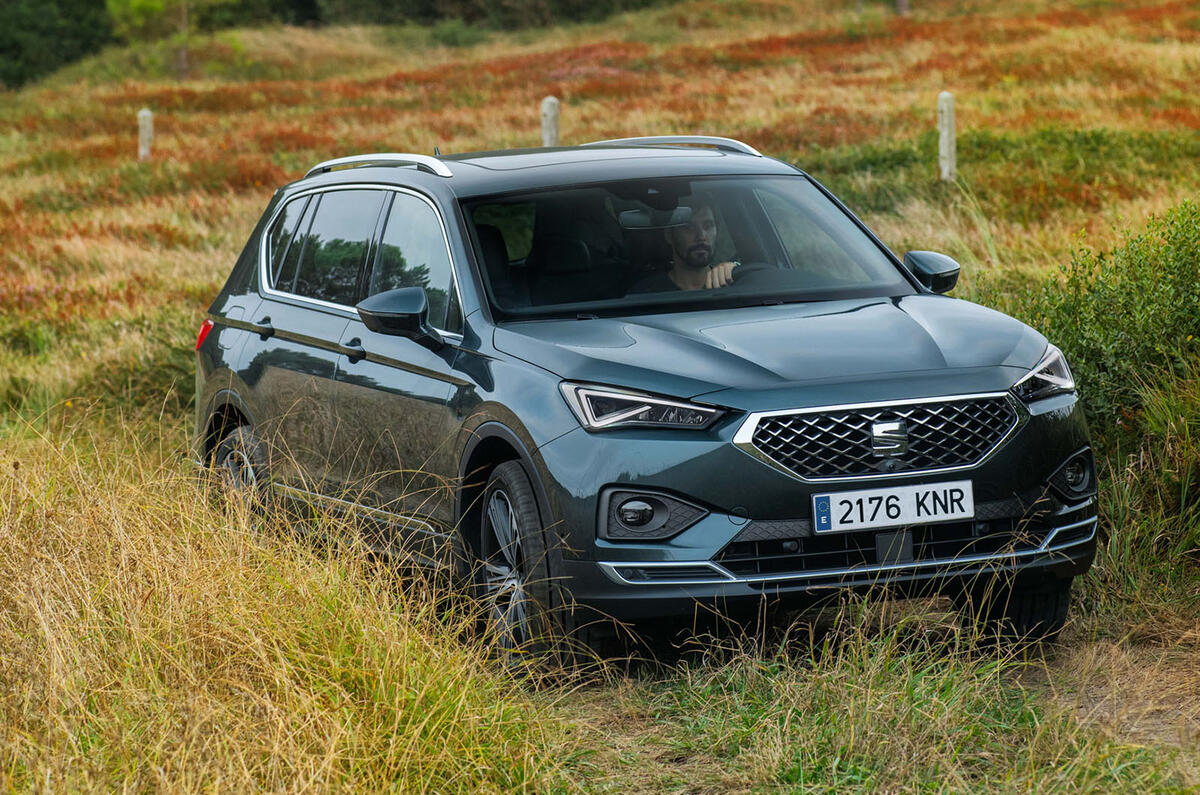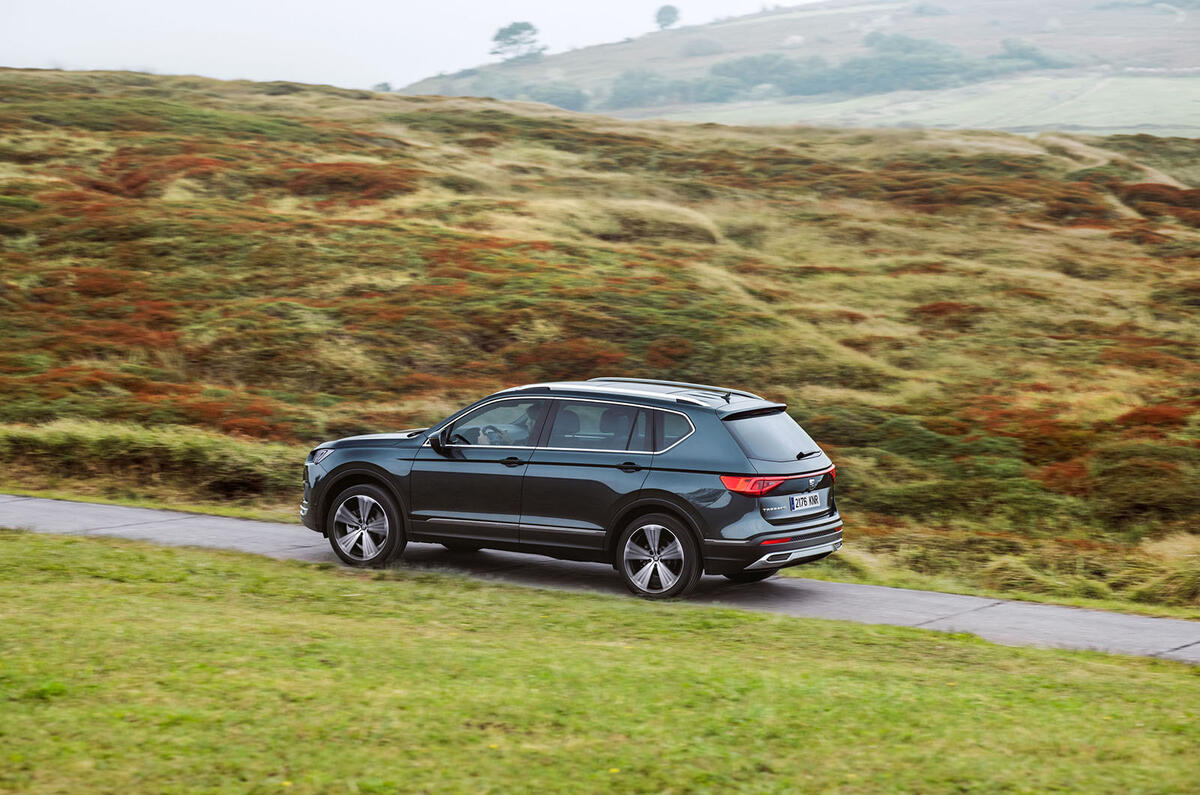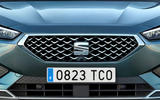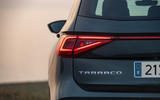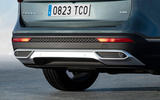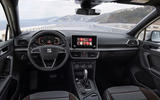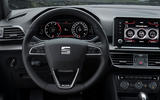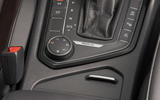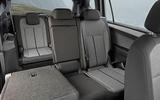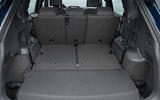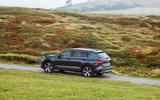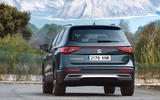Seat is getting increasingly keen on SUVs, for the very good reason that market predictions indicate European demand for these already popular vehicles will grow by another 25% between now and 2025.
From next February, Seat will have a three-model SUV line-up when its new seven-seat flagship, the Tarraco, joins the small Seat Arona and medium-sized Seat Ateca in showrooms. The move is very likely to boost Seat's UK sales beyond their present record levels and increase the proportion of SUVs in the company’s model line-up from a quarter to a third.
Seats attract markedly young buyers than the other Volkswagen Group brands, and the company’s marketing people are confident that the three-tier SUV range, deliberately styled with more zing than those from the other family brands, will continue to do so.
What does the Tarraco line-up look like?
The Tarraco comes in both front and four-wheel drive guises, starting at £28,320 for a 1.5 TSI 150 SE First Edition and reaching upward to around £40,000 for the top-spec 2.0 TSI 190 Xcellence. Other engine choices are 148bhp and 187bhp versions of a 2.0-litre four-cylinder diesel.
Read mode: Best family SUVs
The four-wheel drive system, called 4Drive, is configurable (for use both on and off road) via a twist control on the centre console and incorporates electronic niceties such as hill descent control and roll-over protection. The basic front-wheel-drive model comes with a manual six-speed gearbox, but four-wheel-drive versions use a seven-speed dual-clutch automatic gearbox.


